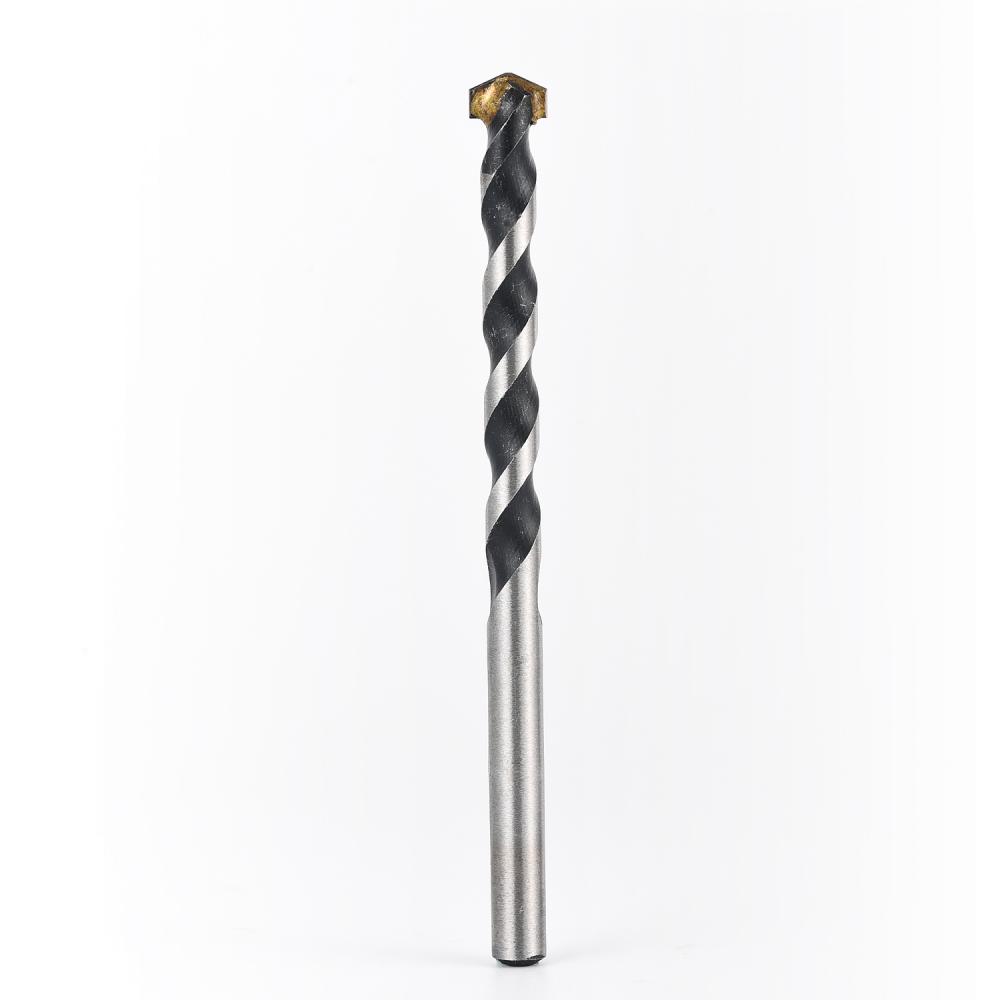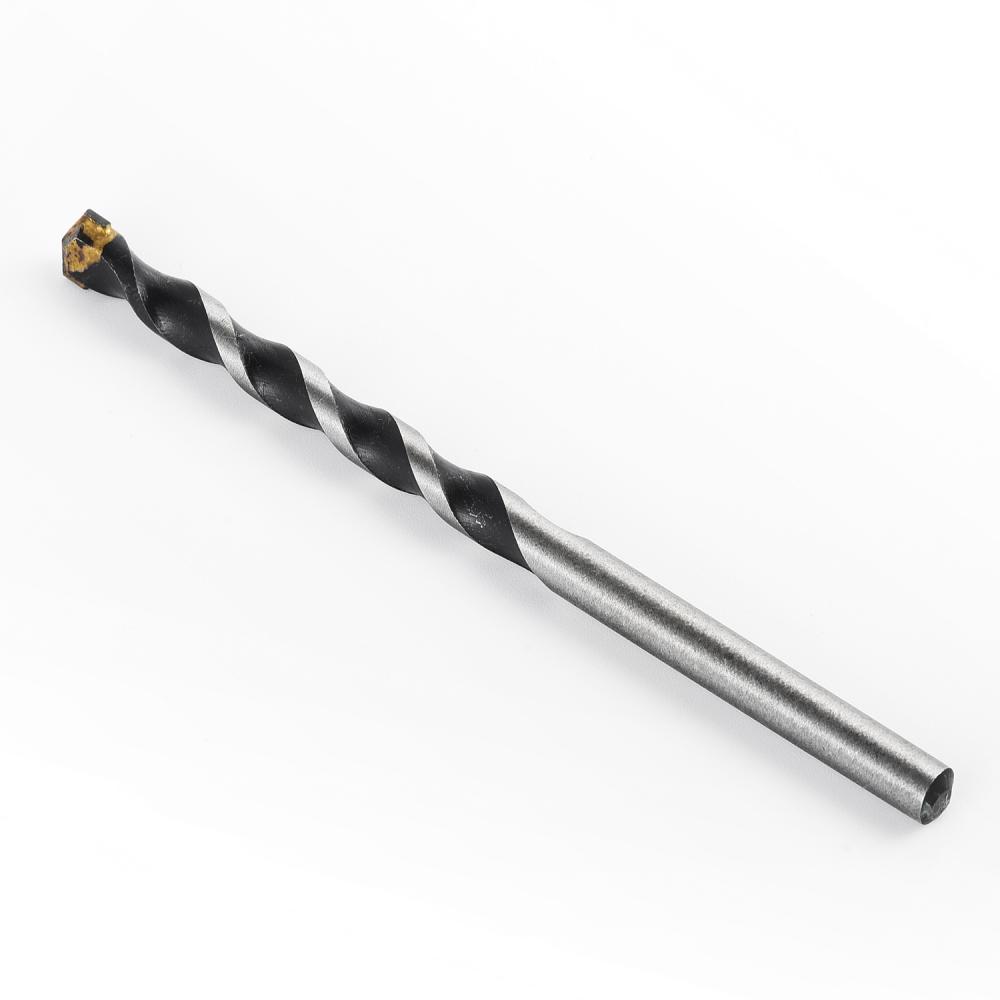The foundry industry is an important part of the manufacturing industry and plays an important role in the development of the national economy and the strengthening of national defense. Casting is the foundation of pillar industries such as automobile, petrochemical, steel, electric power, shipbuilding, textile, equipment manufacturing, and advanced casting technology is an important part of advanced manufacturing technology. Relevant statistics show that in 2002, China's casting output was 16.26 million tons, ranking first in the world for three consecutive years. Although China's casting production has jumped into a large casting country, it is far from a casting power in terms of comprehensive quality, material structure, cost, energy consumption, efficiency and clean production.
Since the founding of the People's Republic of China, after more than 50 years of construction, the manufacturing industry has laid a good foundation. The industrial added value of manufacturing industry accounts for 35.75% of GDP. At present, China is already a manufacturing country after the United States, Japan and Germany, but there is still a big gap compared with developed countries. Professor Liu Jingyuan, a senior engineer at the Shenyang Foundry Research Institute, pointed out that to build China into a manufacturing powerhouse, the level of production technology such as casting and other blanks must enter the world's advanced ranks.
Experts pointed out that the gap between China's foundry industry and developed countries is mainly reflected in the basic conditions of casting quality, casting production technology and technical equipment. In terms of dimensional accuracy, China's castings are generally 1 to 3 grades lower than developed countries, and the surface roughness is also 1 to 2 grades thicker than that of developed countries. For example, the roughness of the engine block is 25 micrometers to 100 micrometers in China and 12.5 micrometers to 25 micrometers in foreign countries. In terms of the composition of casting materials, the proportion of ductile iron in the proportion of cast iron products is an important indicator to measure the overall structural quality of a country's castings. The ratio of the total output of ductile iron to cast iron in China has a certain gap with developed countries. For example, in 1996, ductile iron accounted for 39.1% of total cast iron production in China, and 16.4% in China. In 2001, the United States was 43.3%, and China was 22.45%. Although the gap has narrowed in recent years, the ratio of total output of ductile iron to cast iron is still far from that of developed countries represented by the United States. The chemical composition, metallographic structure and performance level and stability of casting materials are generally lower than those of developed countries. In terms of the appearance of castings, the gap between China and developed countries is also large.
In terms of basic conditions such as casting process technology and equipment, China's overall gap with developed countries is also relatively large. In terms of smelting, casting coke is commonly used in developed countries of cast iron cupolas, and the proportion in China is very low. The temperature at home is 1500 degrees Celsius, and China is generally at 1380 degrees Celsius. In terms of styling and core making, large-scale production of medium and small castings in developed countries mostly uses high-precision high-pressure, high-speed, injection pressure and other high-efficiency lines, using resin sand core. Only a few large enterprises in China adopt advanced foreign modeling and core making processes. Due to the gap in technology, China's precision castings are not refined, and there is a big gap between the developed and near-casting technologies in developed countries. The gap between special and precision molding processes and developed countries is even greater.
In the process design, mold processing, casting machinery, developed countries generally use CAD, CAM and other software integration technology, in addition to large enterprises and some medium-sized enterprises in China, most SMEs still rely on the experience of craftsmen to design, manual and simple Machinery-based, casting mechanization level and mold accuracy, performance, compatibility, reliability level is much lower than in developed countries, many key parts, molds need to be imported.
The quality and variety of foundry and auxiliary materials as well as socialization, specialization and commercial supply are also quite different from those of developed countries. The quality of the original and auxiliary materials directly affects the quality of the casting. Taking foundry coke as an example, China's carbon content is 80%, developed countries' 90%, and ash content is more than twice that of developed countries. China has many pig iron impurities, large fluctuations in composition and difficulty in fixed supply, high quality scrap and high price. In the developed countries, the quality, variety, price, technical standards, scientific research and development of castings, cleaning agents, raw sand, additives and high-temperature refractories have become systematic, and Europe has even established a multinational service system. At present, there are many professional factories producing various kinds of original and auxiliary materials for casting in China, but the equipment is simple, the technology is backward, the detection means is short, the original and auxiliary materials are incomplete, and the quality is poor. Especially some high-tech products can still not be produced. It is still in a low-level, disorderly supply-based stage, such as high-life refractory materials are still imported.
Due to the gap in technology and technology, energy and material consumption are higher than in developed countries. China's similar castings are 10% to 20% heavier than developed countries. China's casting technology production rate, cast steel is 55%, cast iron is 64%, non-ferrous alloy is 70%, while industrial developed countries are 60%, 68% and 80%.
There are about 24,000 foundry companies in China, which have more enterprises than developed countries, low degree of specialization, low degree of intensification, and low labor productivity. In China, the average annual output is 10 tons, and the individual labor productivity is 30 tons. The United States and Germany are 46 tons to 60 tons, and Japan is 60 tons to 85 tons. The gap is obvious. In China, the average annual output of castings per plant is more than 500 tons, compared with 4,700 tons in Japan, 4,300 tons in Germany and 4,280 tons in the United States.
Although China has had a glorious history of casting, the dynasty of the Shang Dynasty, Wu Dafang, was praised by the world. However, in the face of the development of the world's foundry industry, we should face up to the status quo and problems in the country, combine national conditions, and adopt a series of effective measures to shorten the gap with developed countries and catch up with the international advanced level.
Source of information: China Machine Tool Business Network Information Editor: China Thermal Processing Network
The masonry bit is a variation of the Twist Drill Bit, the bulk of the tool is a relatively soft steel, and is machined with a mill rather than ground. An insert of tungsten carbide is brazed into the steel to provide the cutting edges.
Masonry bits typically are used with a Hammer Drill, which hammers the bit into the material being drilled as it rotates; the hammering breaks up the masonry at the Drill Bit tip, and the rotating flutes carry away the dust.
Hammer drill bits often use special shank shapes such as the SDS type, which allows the bit to slide within the chuck when hammering, without the whole heavy chuck executing the hammering motion.
Masonry bits of the style shown are commonly available in diameters from 3 mm to 40 mm. For larger diameters, core bits are used. Masonry bits up to 1,000 mm (39 in) long can be used with hand-portable power tools, and are very effective for installing wiring and plumbing in existing buildings.




Hand Tool,Tungsten Carbide Masonry,Premium Carbide Drill,Concrete Drill Bits Set Drill
Behappy Crafts (suzhou)Co.,Ltd , https://www.jshaoyue.com